Katie Workman, author of Dinner Solved! and The Mom 100 Cookbook and creator of themom100.com, breaks down when kids can do what in the kitchen.
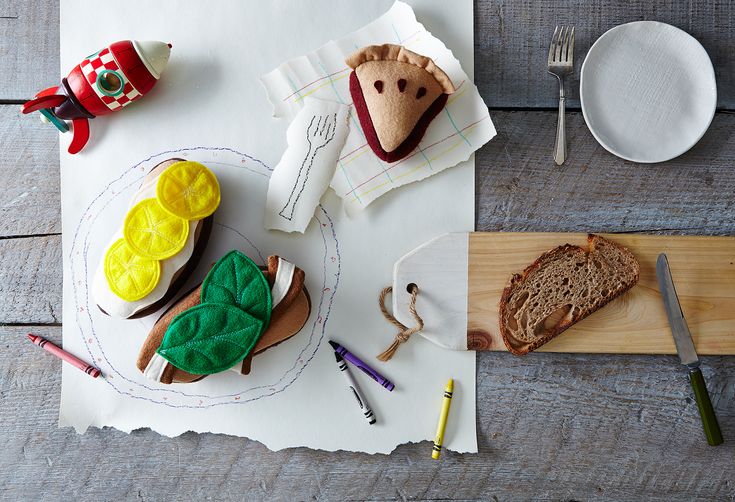
For a bunch of good reasons, most of us want our kids to help out in the kitchen: It teaches them important life skills early on (what ever happened to home ec, by the way?)—and we could use the help. Besides, we want them to know that food doesn’t just appear cooked on a plate—someone has to get it there. Plus, kids are more likely to eat things they’ve had a hand in making. But how—and when—to get started?
The first part of the answer is the earlier, the better. At the beginning, perhaps what they’re doing isn’t really all that helpful—and that’s okay. I have a memory of my son Jack when he was a toddler, sitting on the counter (blocked by me, no worries), throwing raisins into a batter with his pudgy little fist. Making your child feel comfortable in the kitchen is one of the most important things you can do to interest them in cooking. Let them be part of the scene, transferring pasta shells from one cup to another, even playing with the spoons and pots and pans on the floor.

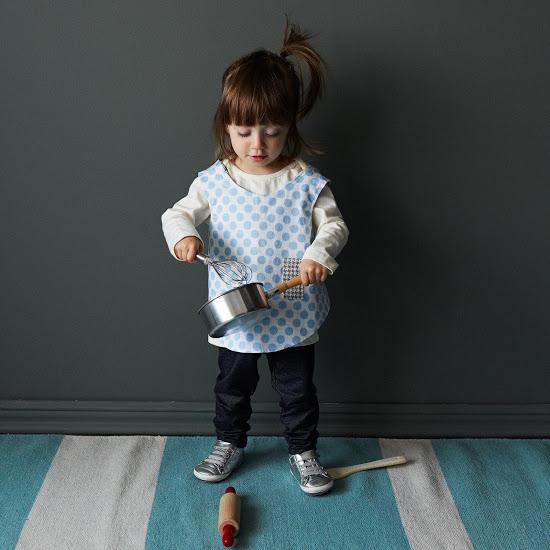
So when can they really get helpful? The ultimate answer is “it depends on your kid,” which is slightly annoying but true. Following are some VERY rough guidelines for when to introduce certain kitchen skills to your kid. Keep in mind that some 6-year-olds are ready to man the electric mixer, while a 13-year-old who has never entered the kitchen except to pour a bowl of cereal might not be. Only you know your kid’s ability and level of responsibility. And until you’re assured that your child is adept at any assignment, supervise, supervise, supervise. So, with that disclaimer fully in place, let’s dive in:
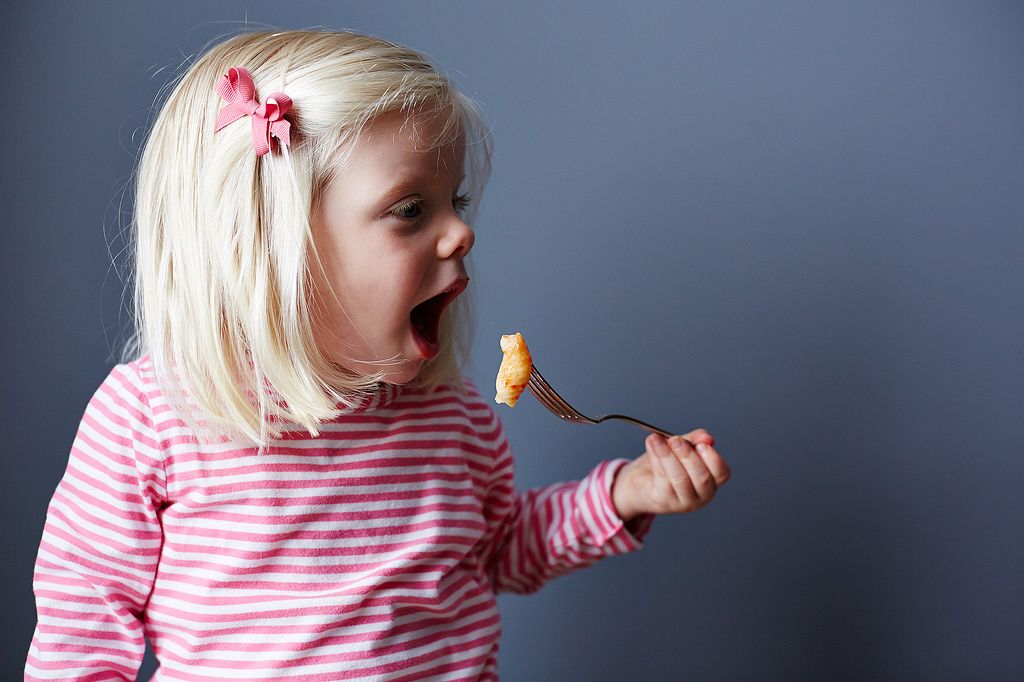
Ages 3 to 5:
- Pour, dump, stir, sprinkle.
- Get out the equipment you need—spoons, measuring cups, bowls (but nothing heavy or sharp).
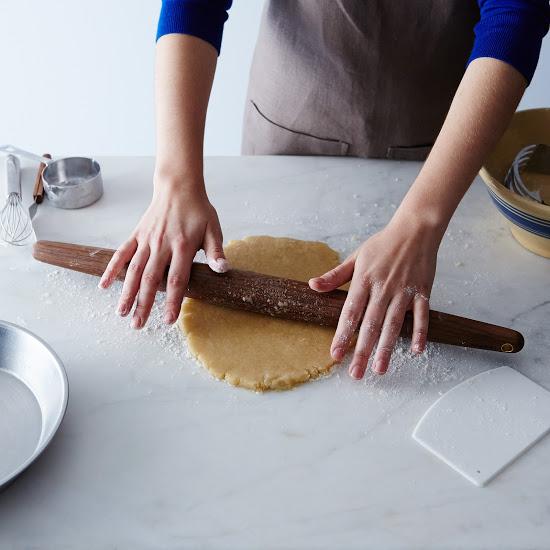

Ages 5 to 7:
- More of the above, with less assistance from you.
- Measuring ingredients, kneading bread, rolling dough, spreading sauce, brushing olive oil, and cutting out cookies.
- Maybe start cutting soft items with a kid-safe plastic serrated knife. There are some good ones on the market from companies like Zyliss and Curious Chef. They’re made just for this purpose, sharp enough to cut food but gentle enough not to cut little fingers.
- They can even start to weigh in on how much of a spice to add and what herbs might be fun to try in various dishes.
- Be sure to talk about everything you’re doing as you go: “Check out what happens to the consistency of butter or cream when you beat it.” “What happens to the outside of meat when you sear it?” Or ask them why they think we add salt to a recipe. Everything is new to them, so it’s all open for discussion.
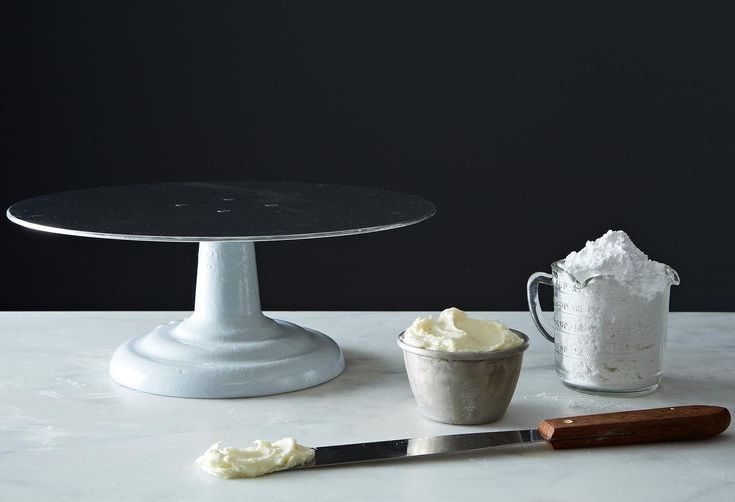
Ages 7 to 9:
- Even more of the above, plus blending, frosting, decorating, and assembling ingredients.
- While you’re measuring, you can throw in some math if you feel like it—especially if you’re doubling a recipe. Have them help read the recipe, and clarify any terms that are unfamiliar. If you’ve got a curious kid (and you’re in the mood), you could explore the chemistry that is involved with cooking and baking (and if you’re not up to speed on all of it, let your kid take the lead in looking it up online or in a book: “What happens when baking soda is added to a recipe?” “What is the difference between unsweetened chocolate and semi-sweet chocolate?”)
- Presentation; thinking about how things look on the plate and how to make them as appealing as possible is something some kids find extremely engaging.
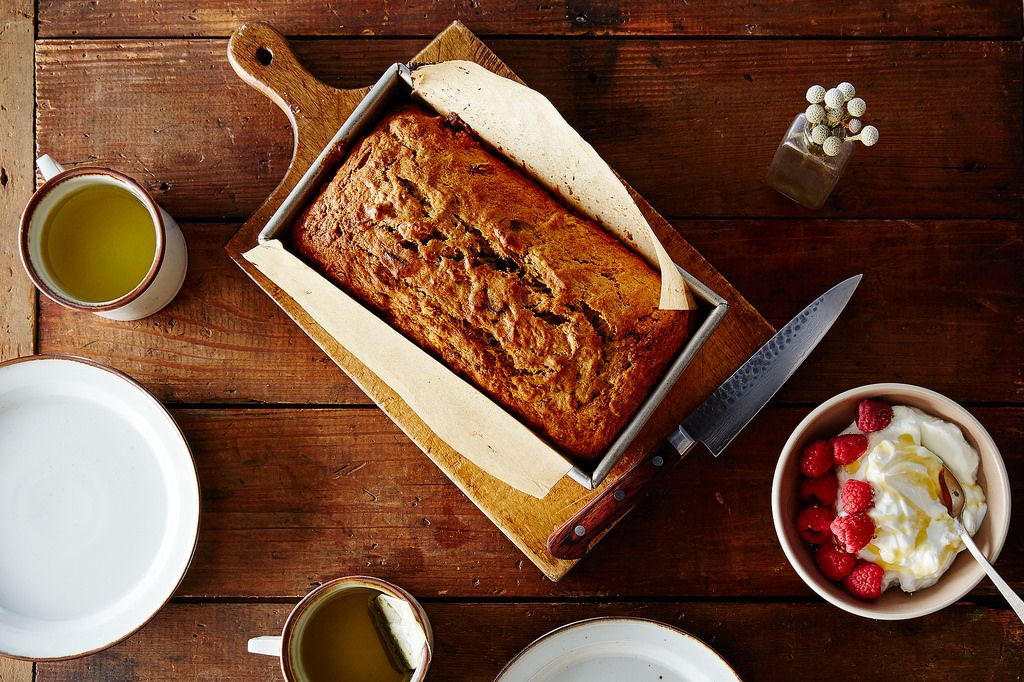
Ages 9 to 12:
- At this point, they may be ready to start using a real knife. Begin with a short, sharp knife—like a paring knife—and very soft foods, like butter or a banana, since the knife is less likely to slip.
- They may also be ready to get in front of a stove. Height is a factor here: If your child stands on a step stool near a stove, make very sure it’s secure and stick close. Show them how to position the handle of a pan away from them so they won’t bump it and to never ever look away from what they’re doing.
- At this point, many kids are ready to take the lead on a recipe while you play sous chef. Start with something simple like banana bread or English Muffin Pizzas. Thinking about the order of steps, how long the preparation will take, and organizing ingredients are all pretty useful skills.

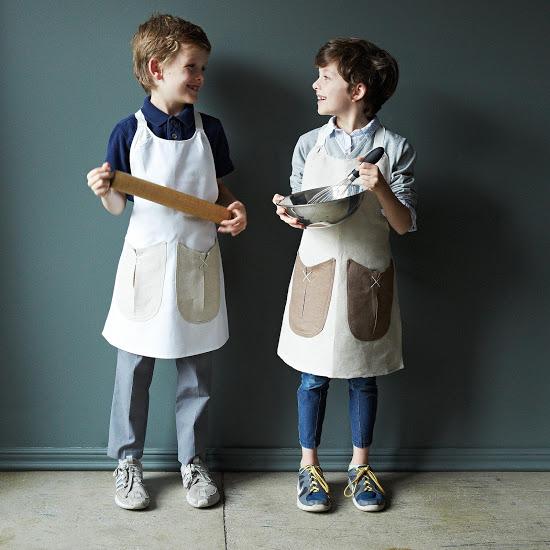
No matter the age, do keep the following in mind:
- Always make sure hands are scrubbed clean before beginning any kitchen task and once the cooking is through, especially if raw meat or fish is involved.
- Enlist their help when it comes time for clean up. It’s part of the deal, and the earlier that’s understood, the happier you’ll be.
- Encourage experimentation. Be prepared for some flops, but let your kid choose the sandwich fillings, mix juices together to see how they taste, or adjust the seasonings in the tacos—it will teach him or her so much more than always following a recipe to the letter. And you may end up with some new house specialties.
- Be prepared for a mess. The first time your child cracks an egg, it will not all land in the bowl; this is a universal truth. There will be more clean-up than when you cook alone and things will take more time. But it’s part of the process: Only by tipping over the bag of flour a couple of times will kids figure out how to keep the flour away from their elbows. Breathe deeply, and imagine the dinners your kid will cook for you a few years down the road.












See what other Food52 readers are saying.